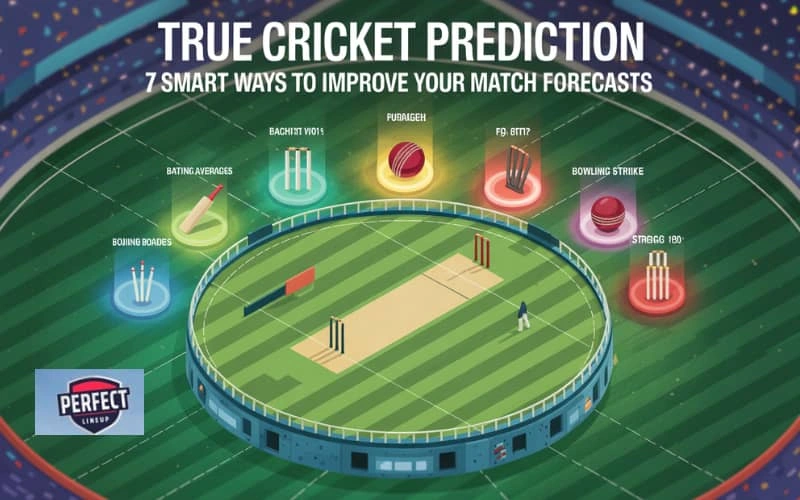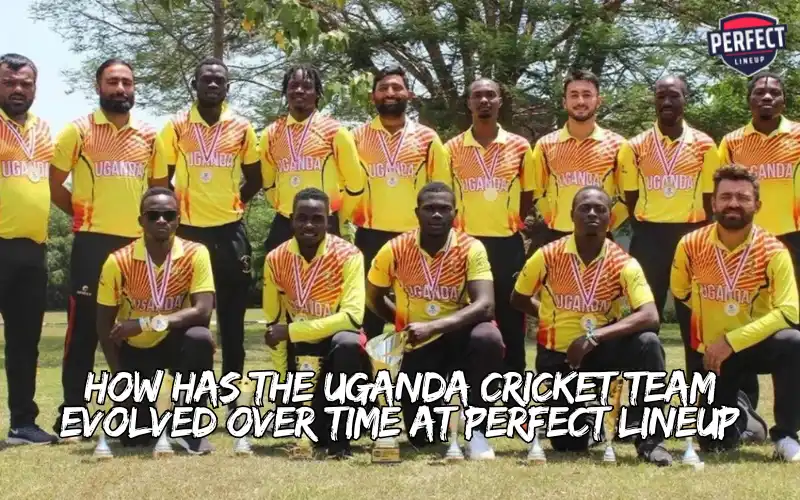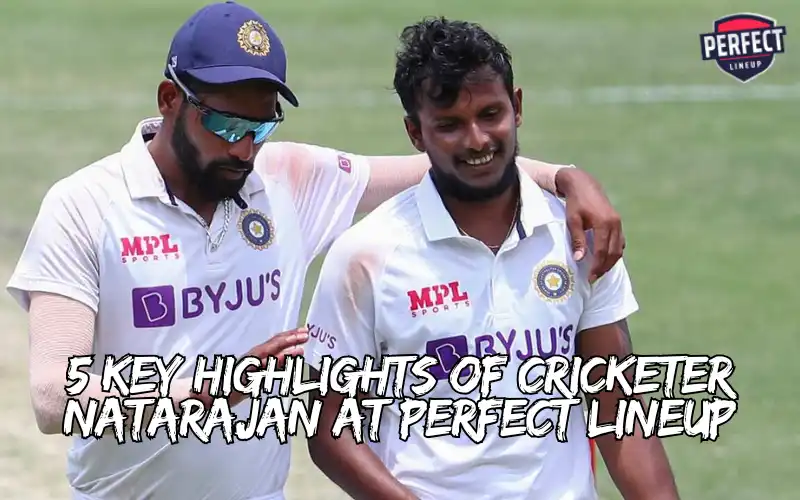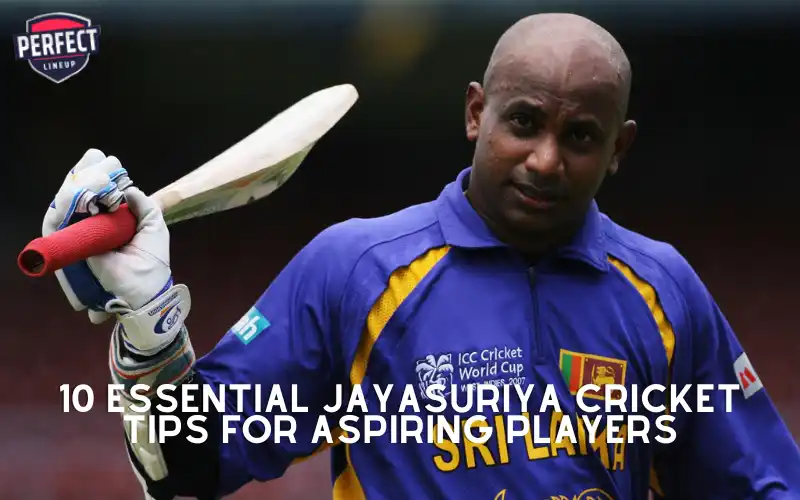True cricket prediction involves analyzing different factors that influence the outcome of a match. It is not about luck but rather a careful study of patterns, statistics perfect line, and current conditions. Predicting cricket matches accurately requires a blend of experience, statistical knowledge, and strategic insight. With the right approach, anyone can significantly improve their ability to make true cricket prediction.
Study Team Form and Performance
One of the smartest ways to improve your true cricket prediction is by analyzing the current form of the teams. This includes checking the win-loss record in recent matches, especially in similar formats and conditions. Teams that are on a winning streak are likely to perform well, but it’s important to consider the strength of their opponents in those wins. Always look at how consistent the team has been in its overall performance.
Home advantage also plays a crucial role. Teams usually perform better in their home conditions due to crowd support and familiarity with the pitch. When making a true cricket prediction, always include this factor in your analysis.
Analyze Player Statistics and Matchups
Individual player performances can have a huge impact on match results. When making a true cricket prediction, focus on key players such as the top batsmen, bowlers, and all-rounders. Look into their recent scores, strike rates, and bowling economy. Also, check how well these players perform against specific teams or in particular venues.
Player matchups are equally important. Some batsmen struggle against certain bowlers, and these statistics can help you predict outcomes more accurately. Look into head-to-head records to understand how players have performed against each other in the past.
Consider Pitch and Weather Conditions
Pitch and weather conditions are often the most underestimated factors in true cricket prediction. Some pitches are known to favor batsmen, while others assist spinners or fast bowlers. Before making any prediction, review the pitch report and match it with the team strengths.
Weather also plays a key role. Rain can shorten matches and increase the chances of unexpected results. Dew can make bowling harder in night games. Knowing how these factors impact play can give your true cricket prediction a major edge.
Evaluate Team Composition and Lineup
Knowing which players are in the playing eleven is essential for true cricket prediction. Sometimes star players are rested or injured, which can weaken a team. Always check team announcements or reliable pre-match reports to confirm the squad.
Also, assess the balance of the team. A well-balanced side with a mix of batting depth and bowling options usually performs better. Teams that rely too heavily on one or two players are at a higher risk of poor performance if those players fail.
Use Historical Data and Trends
Using historical data is another smart way to make true cricket prediction. Look at how teams have performed in the past in similar conditions. Head-to-head records can reveal psychological advantages or consistent patterns.
For example, if a team has never lost to another team at a particular venue, that is a trend worth considering. Similarly, some teams consistently lose in high-pressure games or during playoffs. Recognizing these patterns can help you make smarter forecasts.
Follow Expert Analysis and Predictions
Many experienced cricket analysts share their insights before matches. While you should not blindly follow them, their views can help shape your true cricket prediction. Pay attention to what former players, commentators, and statisticians are saying.
Expert opinions often highlight critical aspects that casual viewers miss. Combining your analysis with expert advice creates a more balanced and informed prediction. Look for platforms that offer in-depth previews rather than just surface-level tips.

Practice and Review Your Predictions
Like any skill, the more you practice true cricket prediction, the better you become. Keep a record of your predictions, including the reasons behind each one. After the match, review what went right or wrong.
This self-analysis helps you identify your strengths and weaknesses. Over time, you will start recognizing patterns and improving your instincts. Try to avoid emotional bias and focus strictly on the facts. Consistent practice is the key to mastering true cricket prediction.
Conclusion
Making accurate true cricket prediction is both an art and a science. It requires attention to detail, a solid understanding of the game, and the discipline to analyze each match thoroughly. By studying team performance, analyzing players, considering pitch and weather, reviewing expert opinions, and learning from past predictions, you can significantly improve your forecasting skills.
True cricket prediction is not about guesswork but making informed decisions based on research and logic. The more you invest in understanding the game, the more accurate your predictions will become. Stick to these seven smart ways, and you will find yourself making better and more reliable cricket forecasts.








